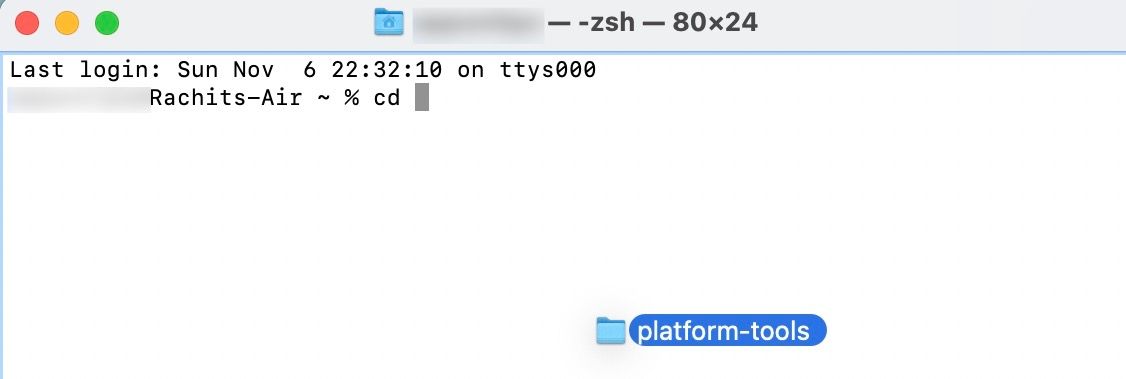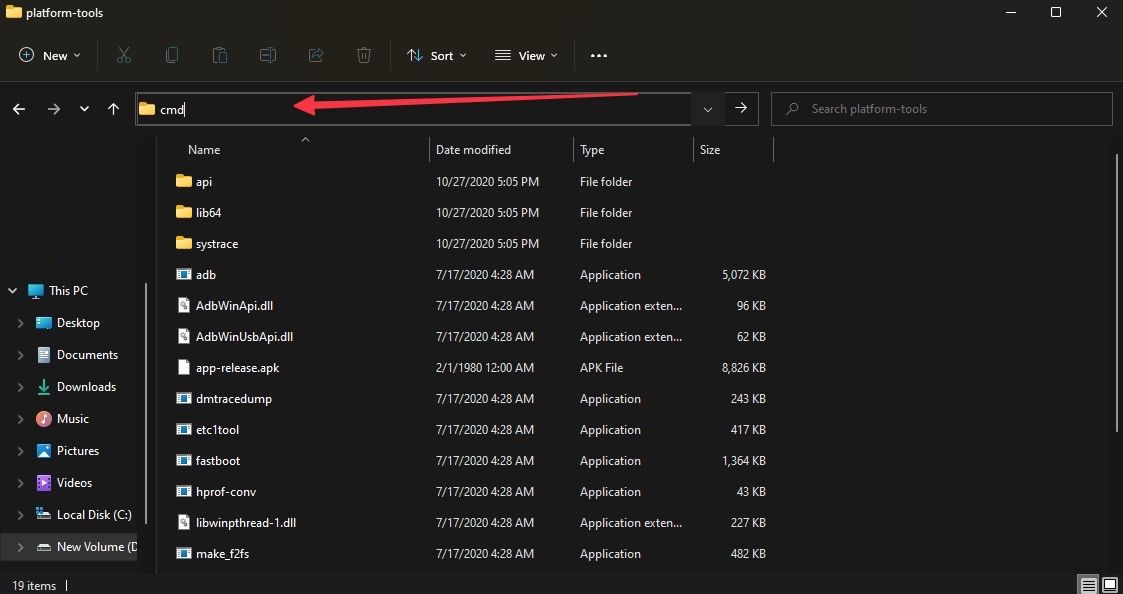The Android Debug Bridge (ADB) lets you debug your Android device, sideload apps, install custom ROMs, and remove bloatware. It’s also used for entering Android’s recovery mode if you can’t access the recovery menu through your Android device. While you need to run it from an external device, compatible devices only need to run Windows, macOS, or Linux. Linux support means you can run ADB commands from our favorite budget Chromebooks.
Wireless ADB commands mean you don’t need a cable to debug your device. It’s convenient and straightforward to set up, and we’re here to walk you through each step.

How to install GrapheneOS
A step-by-step guide to get you started with the best privacy/security ROM on Android
Should you use ADB wirelessly instead of wired?
Using the ADB wirelessly does not restrict you from using any ADB features. You can still sideload any app you want, install your monthly OTA update manually, or tweak interface settings on your device. However, the wireless debugging experience may be slightly laggier than in some cases, depending on your home Wi-Fi setup.
How to use ADB wirelessly on your Android phone
Before you get started with wireless ADB commands, check that you’re ready by following these steps:
- Connect your computer and Android phone to the same Wi-Fi network.
- Make sure your Android device is updated to the latest version of Android.
- Download the latest version of Android SDK Platform Tools on your computer.
If you use a ChromeOS device, download SDK Platform Tools for Linux and
open a Linux terminal
on your Chromebook.
You don’t need to install Android Studio to use the wireless ADB feature. That program is only necessary if you’re an app developer. After fulfilling these requirements, follow the steps below to get started.
If you have an Android device running Android 10 or earlier, use the adb tcpip command method. Check the steps for this method on the official Android Developers page.
How to enable Developer options on your Android device
You must activate the hidden Developer options before using wireless ADB on your Android smartphone. Depending on your device manufacturer, the steps might be slightly different.
Enable Developer options on a Google Pixel device
- Open the Settings app.
- Tap About phone.
- Tap Build number.
- Tap the Build number option seven times until you see the message “You are now a developer!”
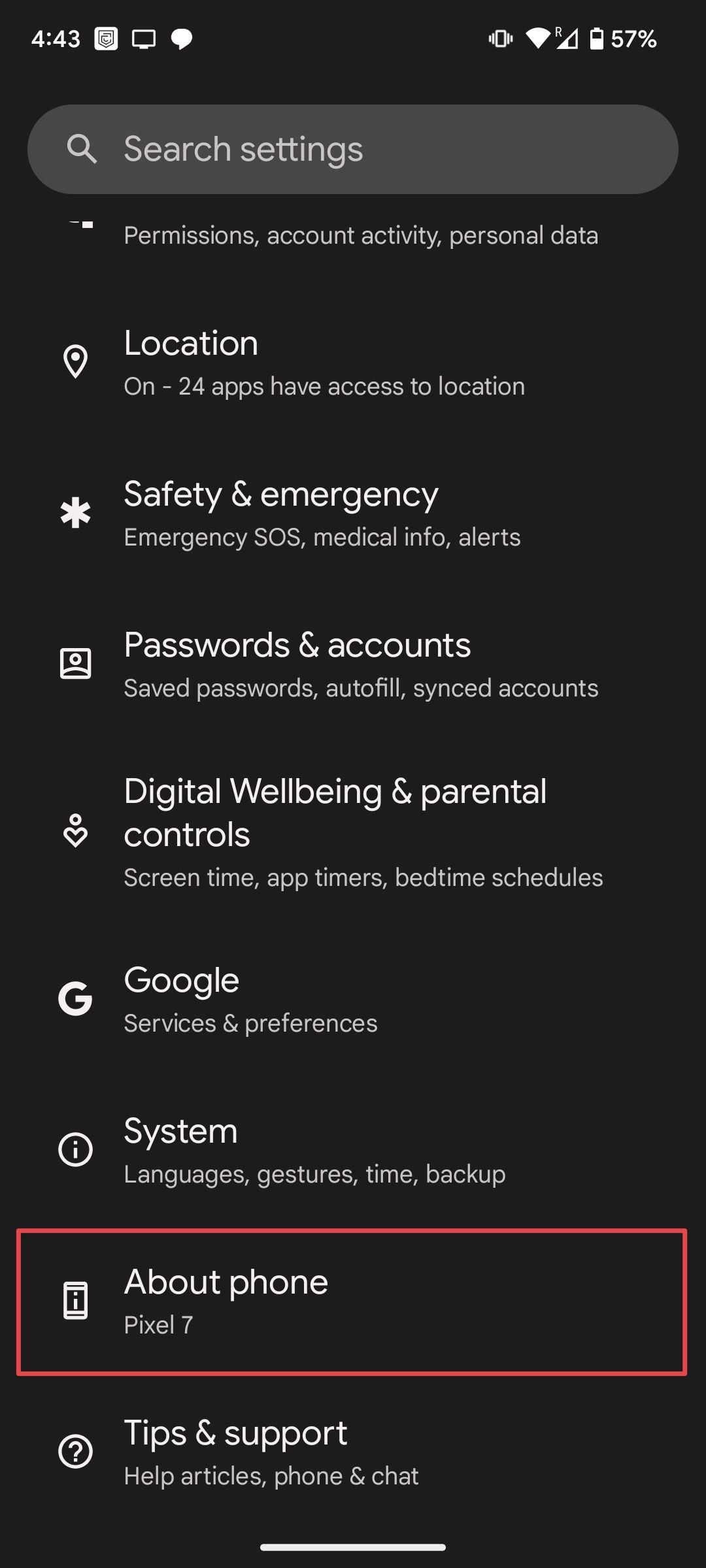
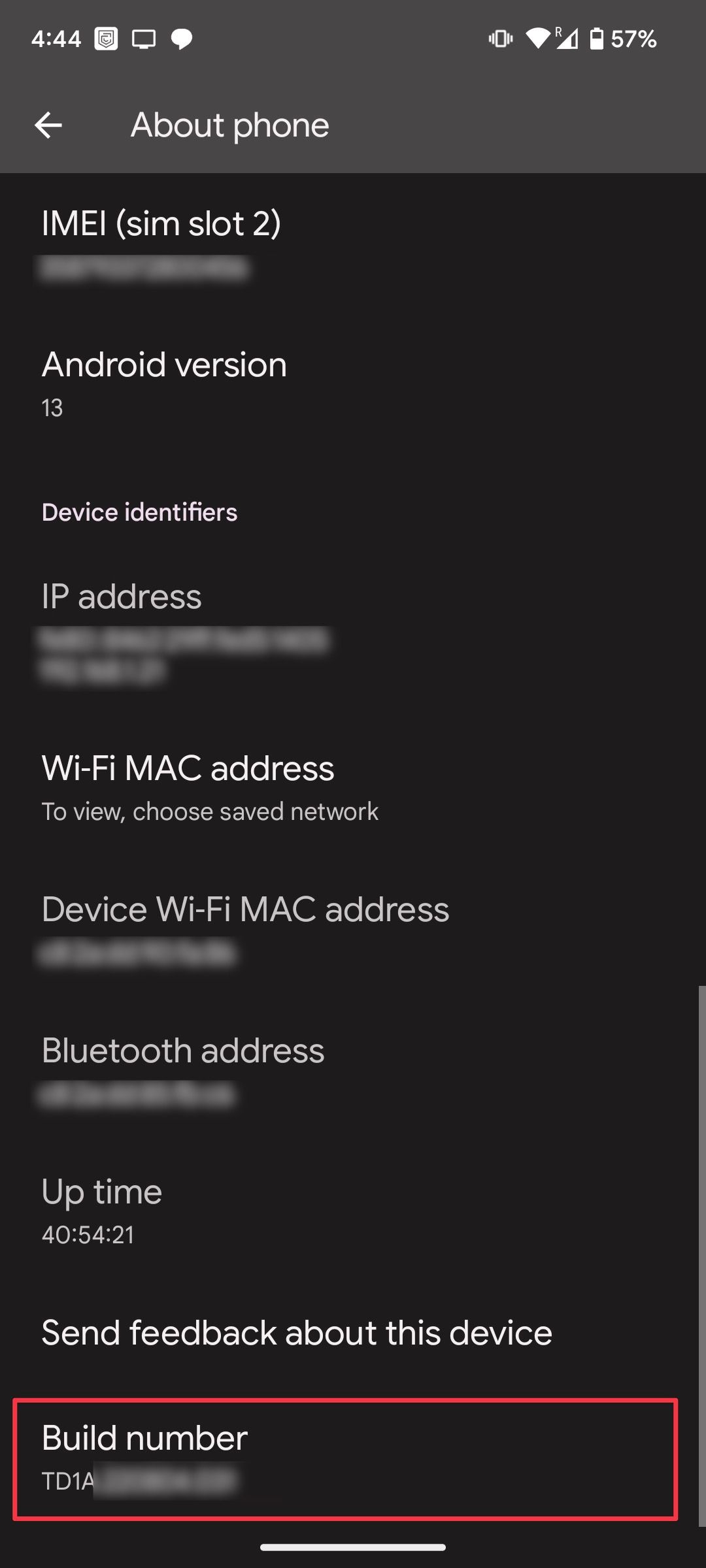
Enable Developer options on a OnePlus device
- Go to Settings > About Device > Version.
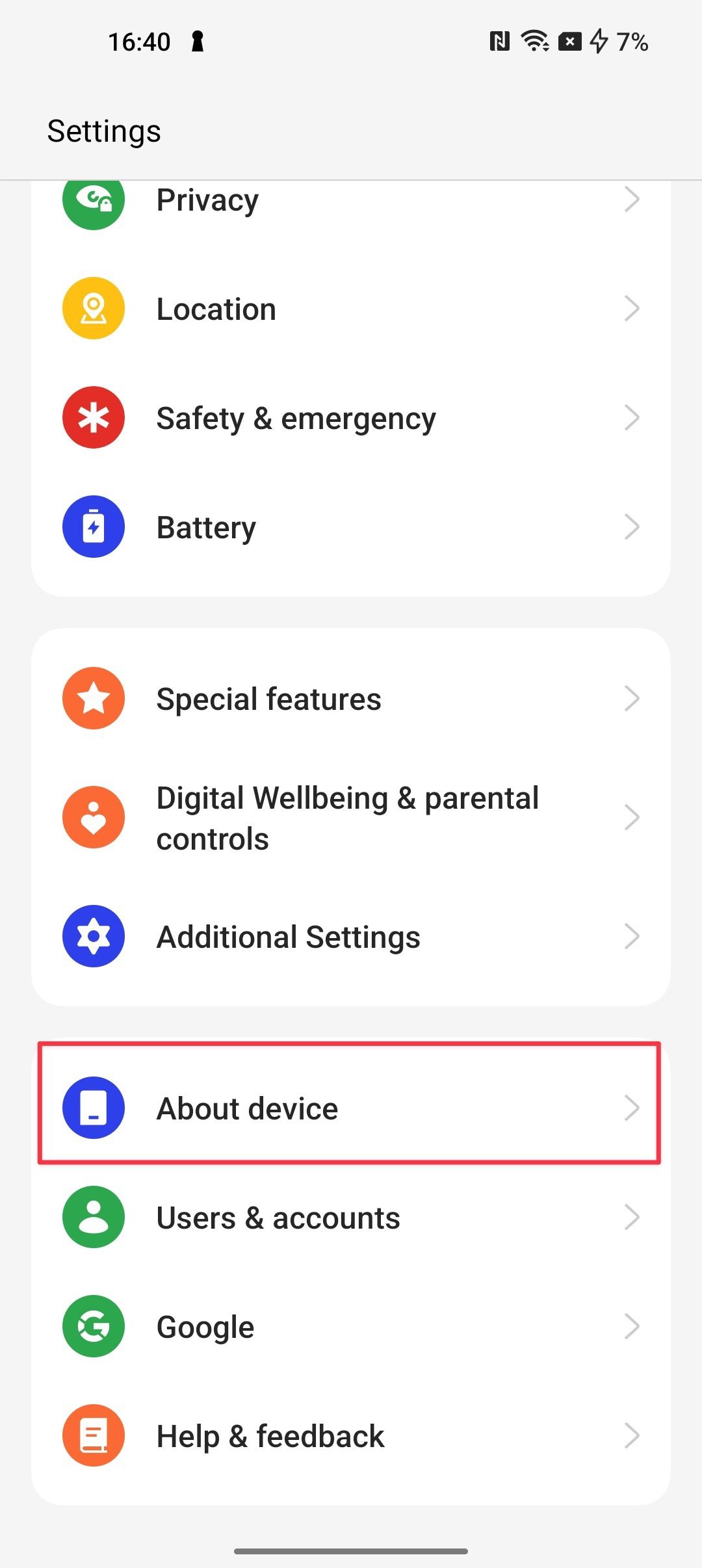
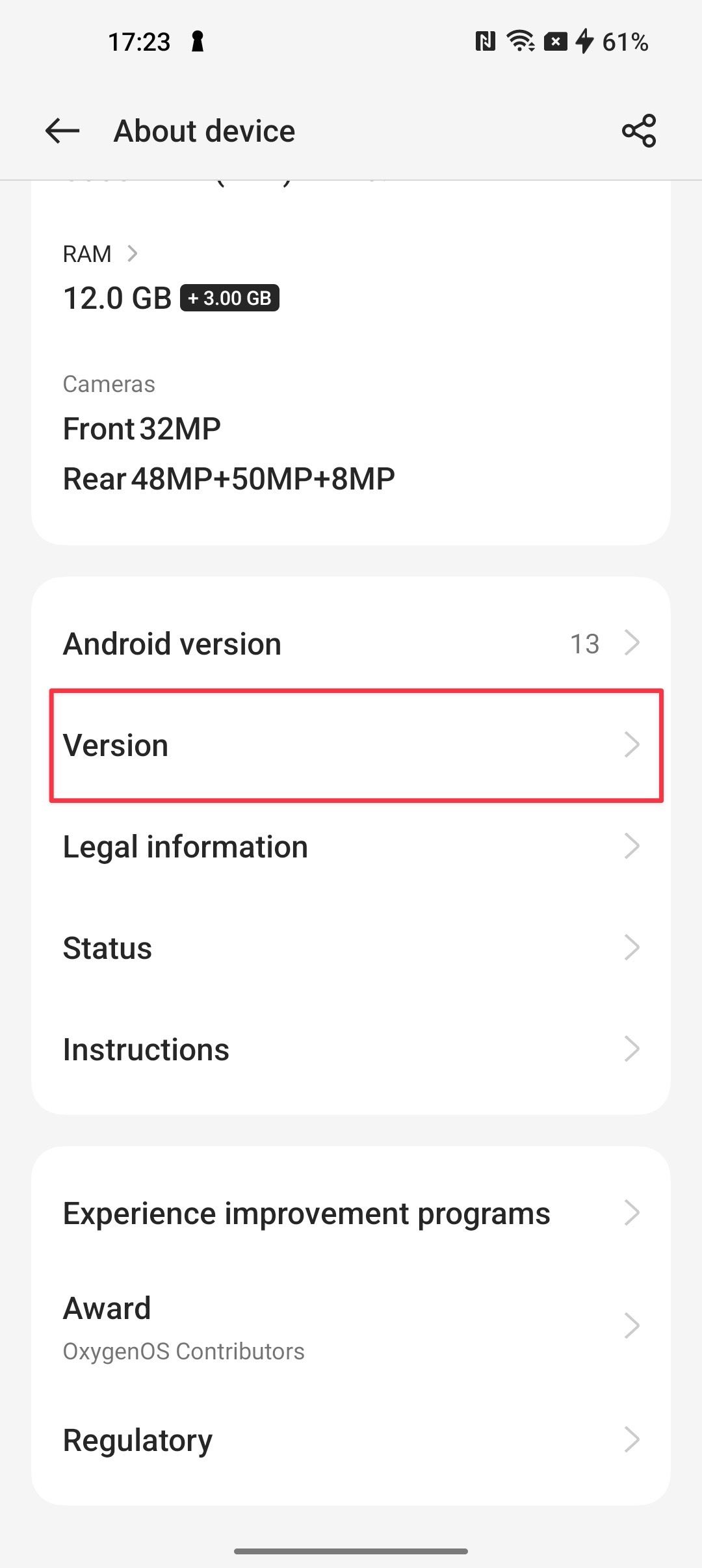
- Tap Build number seven times until you see the same message.
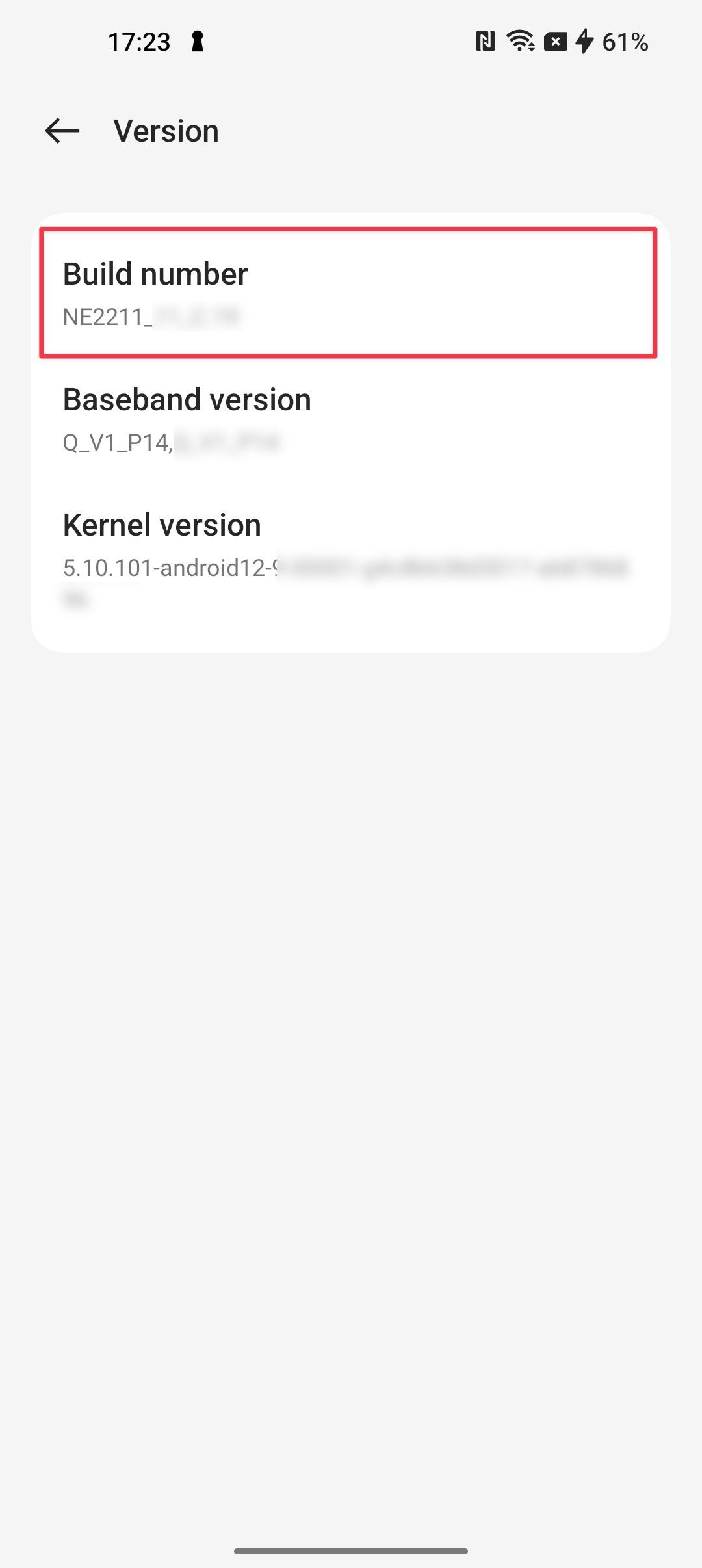
Enable Developer options on a Samsung device
- Go to Settings > About Phone > Software Information.
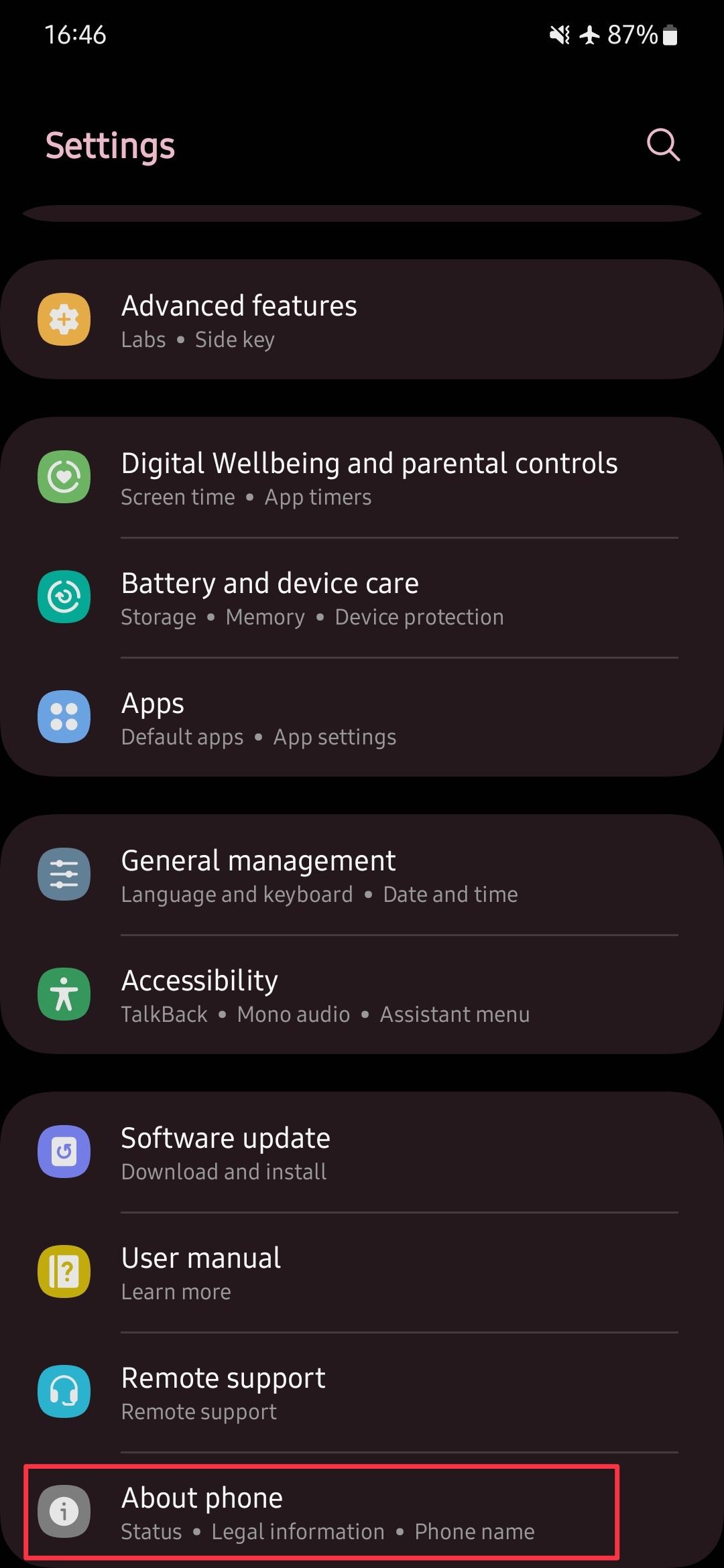
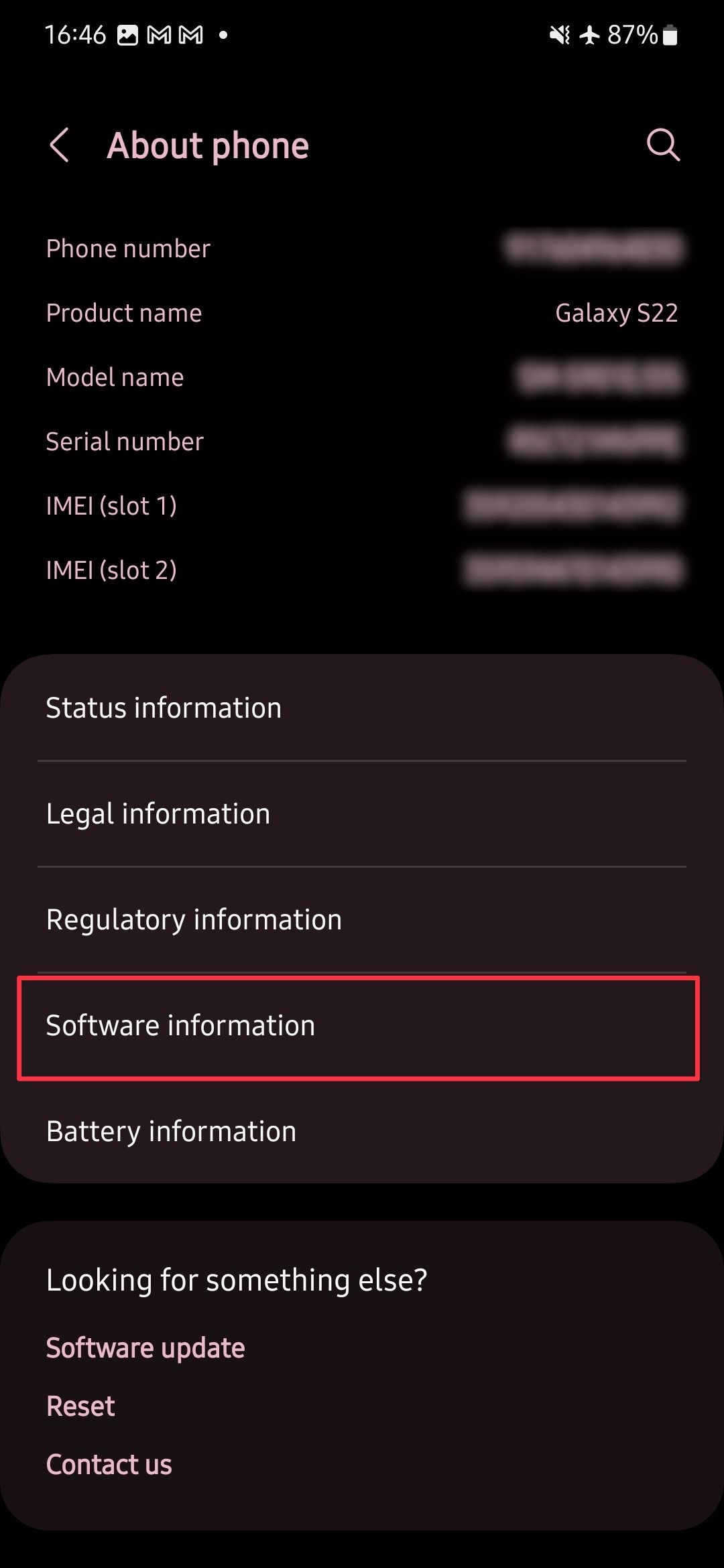
- Tap Build number multiple times until you see “You are now in Developer mode!”
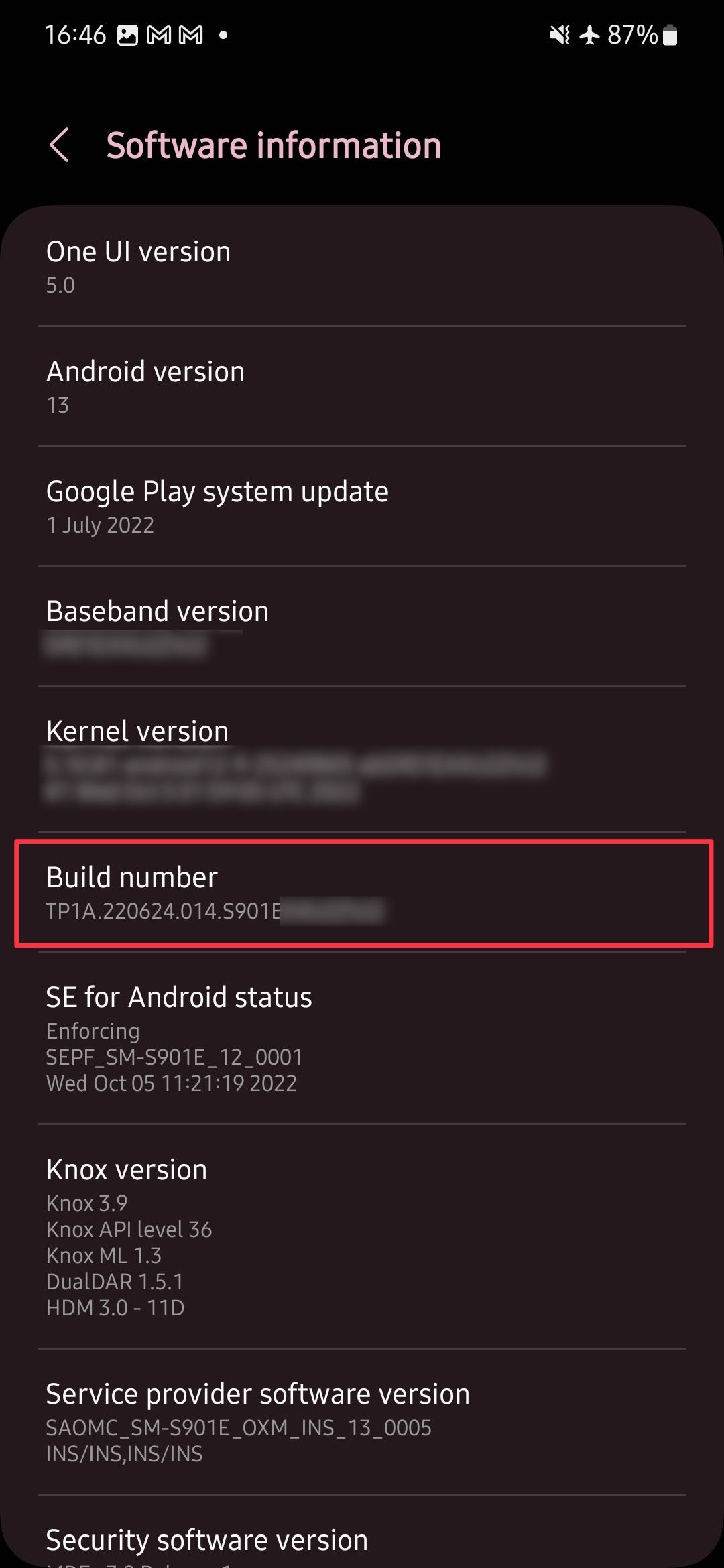
How to enable wireless debugging on your Android device
Now that you have activated Developer options, you can turn on wireless debugging.
Enable wireless debugging on a Google Pixel device
- Go to Settings > System and open Developer options.
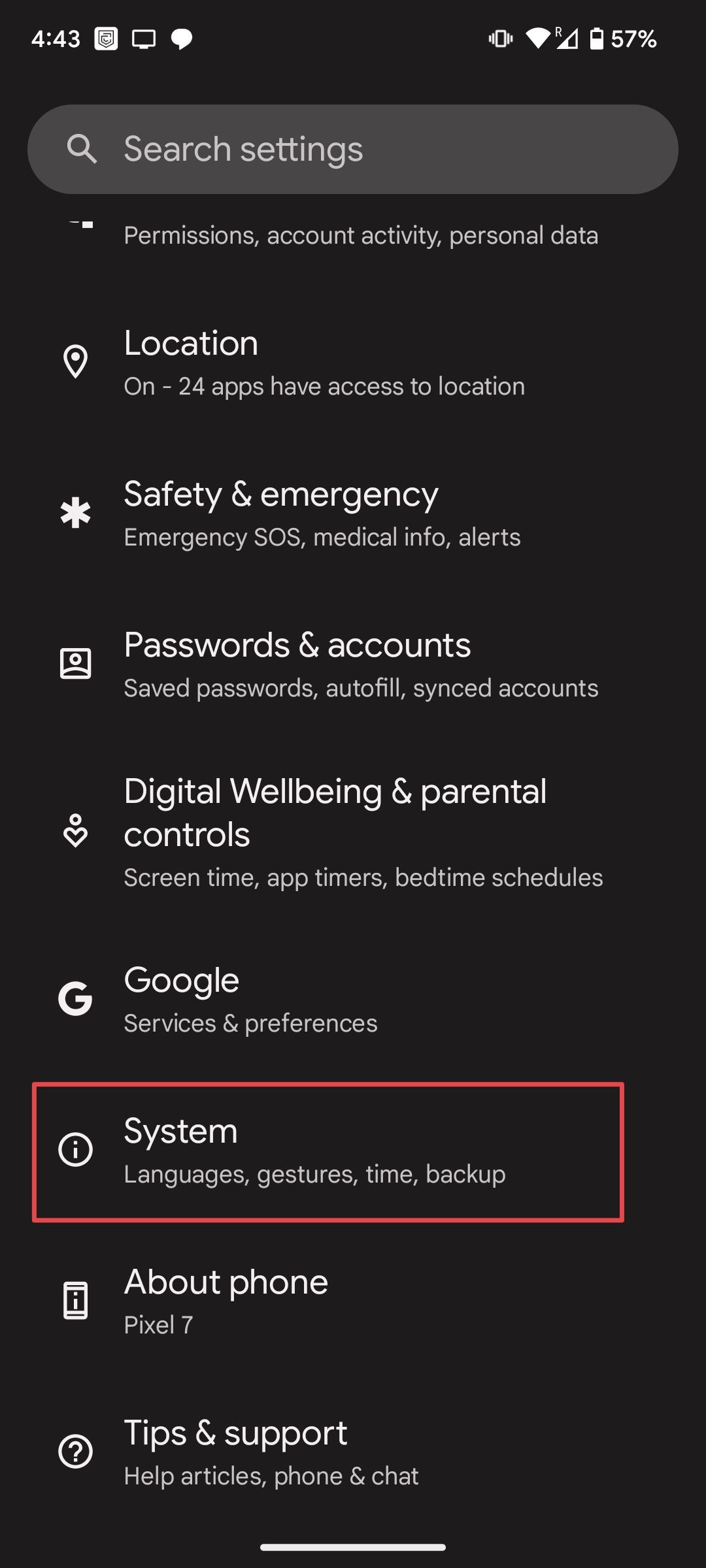
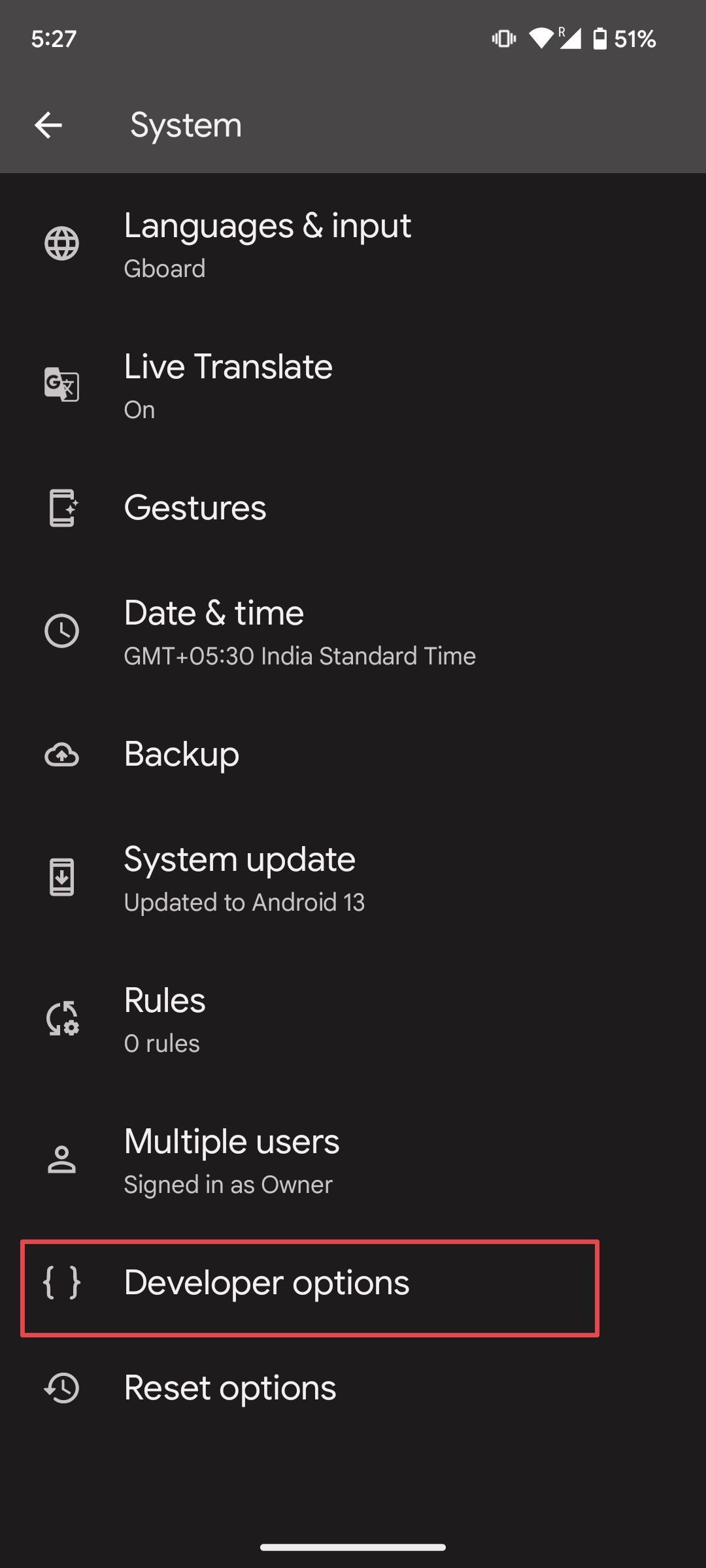
- Turn on the toggle next to Wireless debugging. Choose Allow when you see the popup.
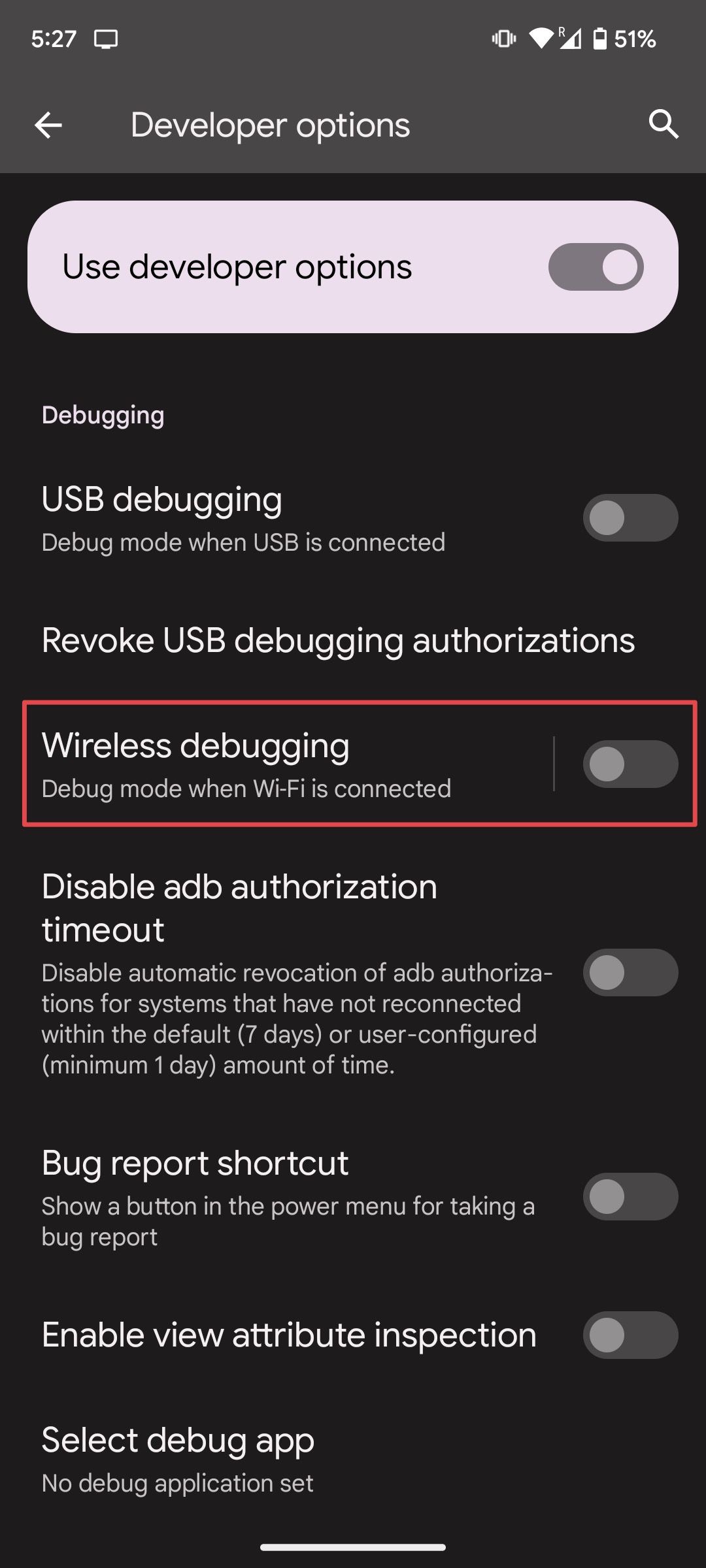
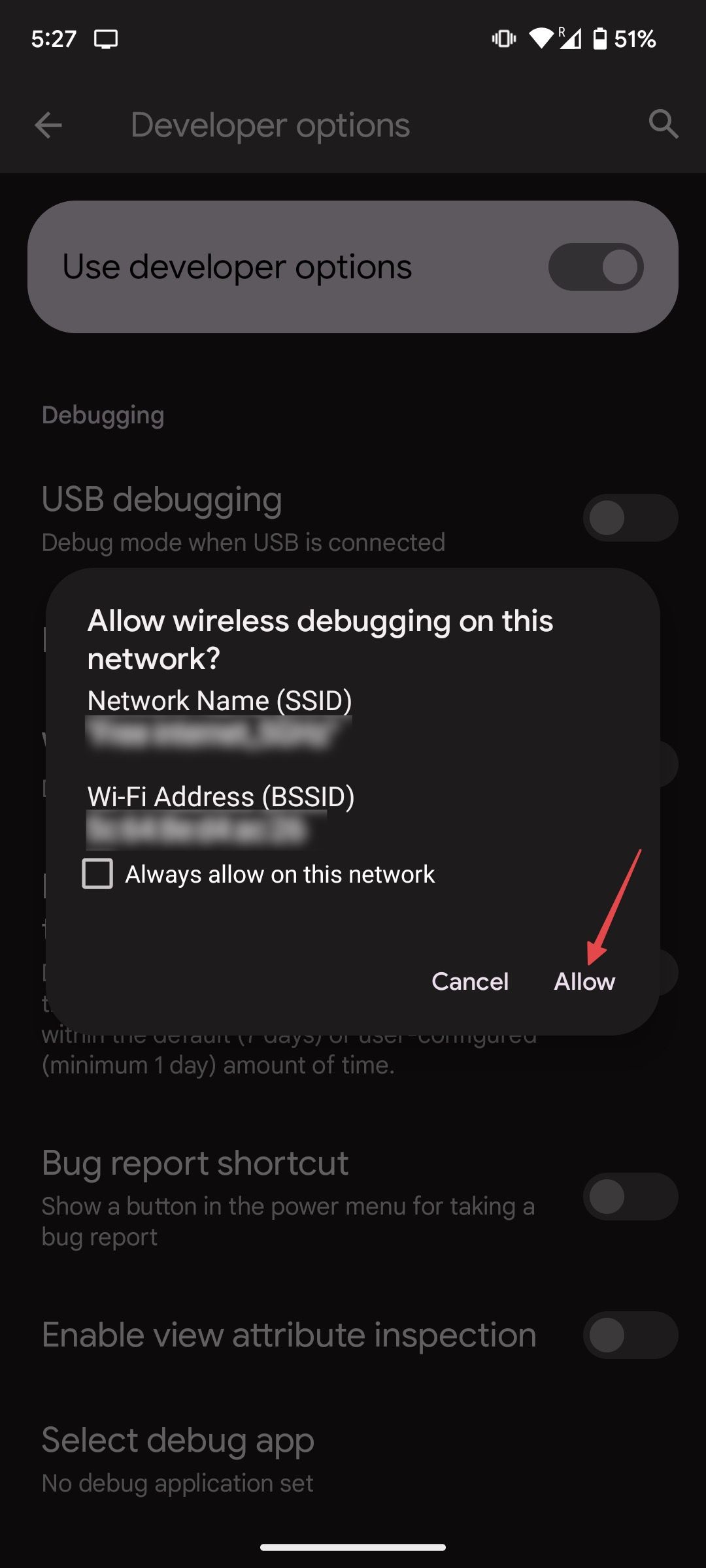
Enable wireless debugging on a Samsung device
- Go to Settings > Developer options and tap the toggle for Wireless Debugging.
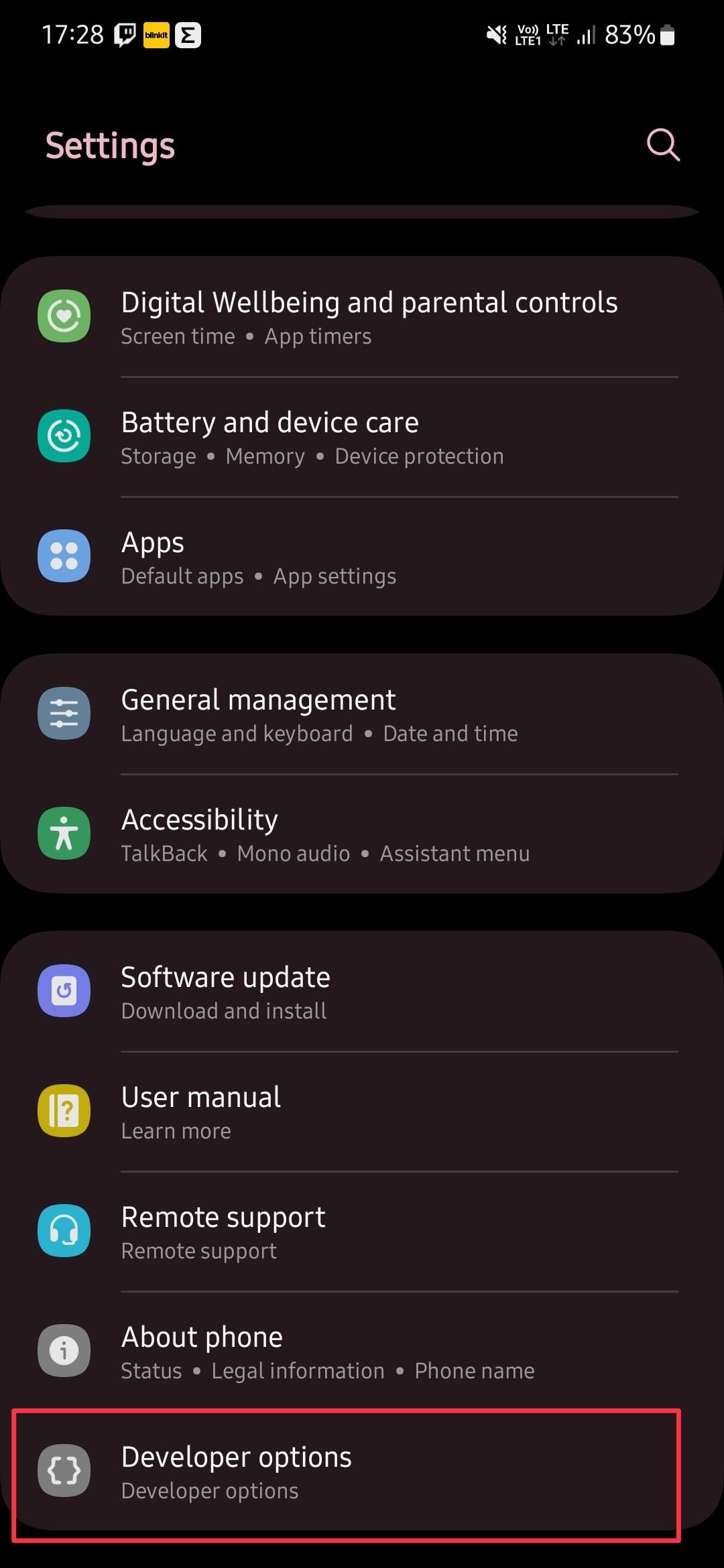
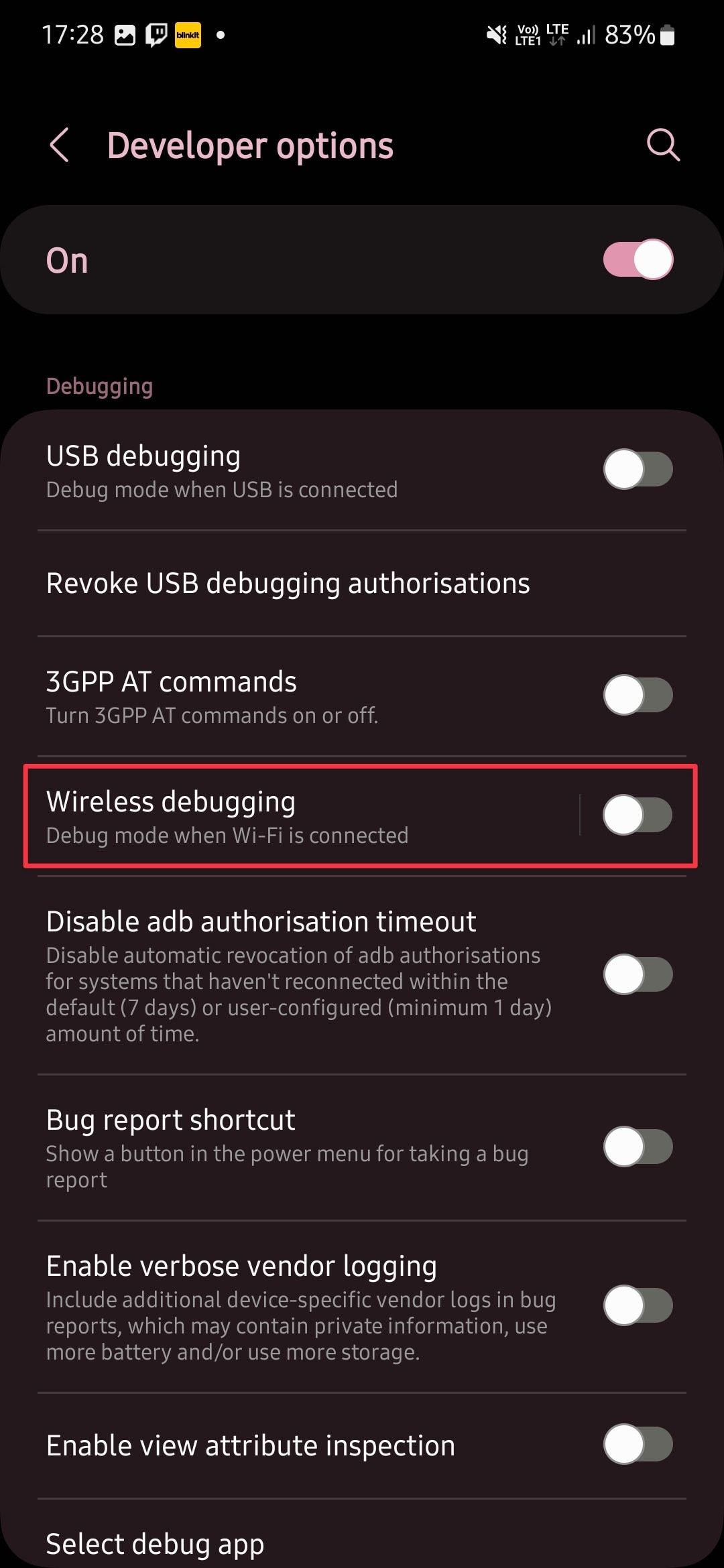
- Tap Allow in the popup to activate it.
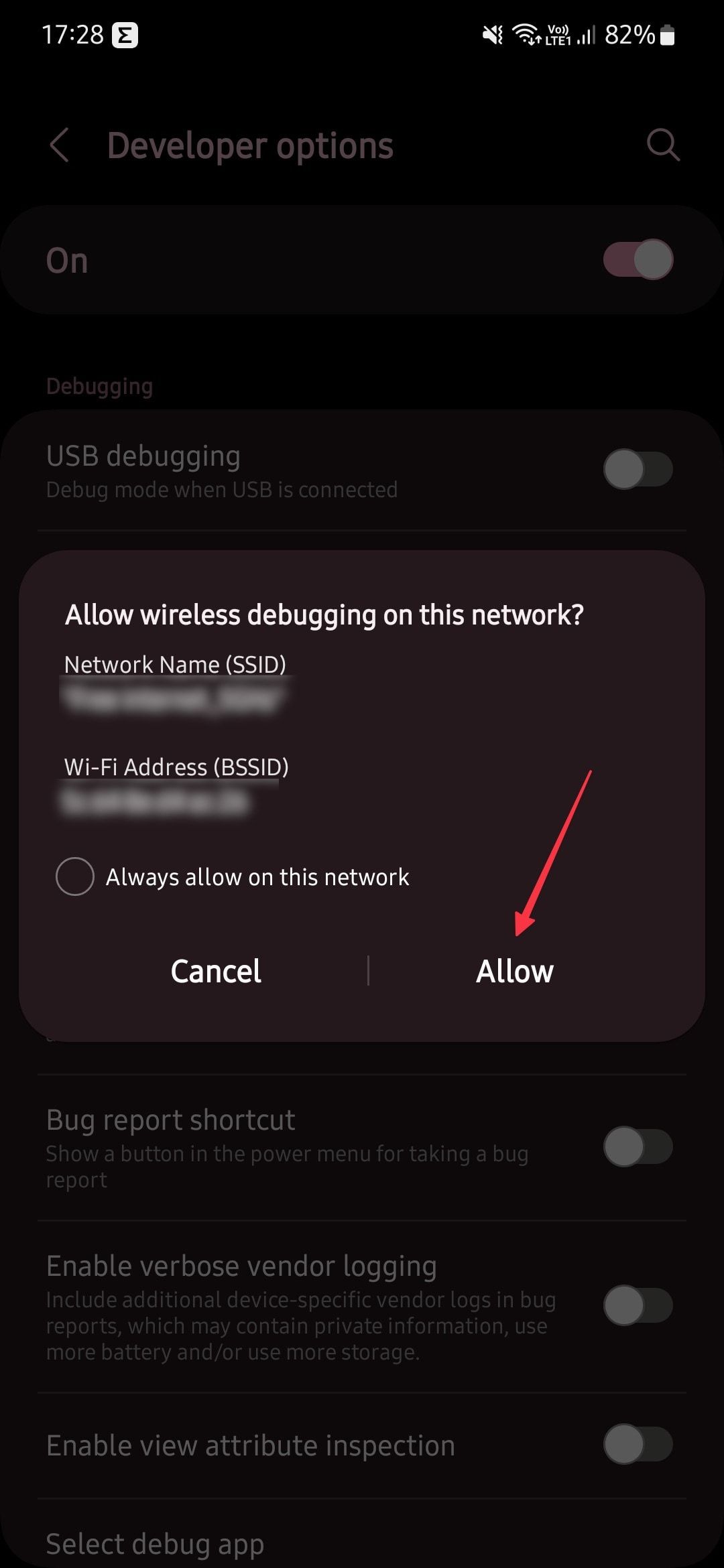
Enable wireless debugging on a OnePlus device
- Go to Settings > Additional Settings and tap Developer options.
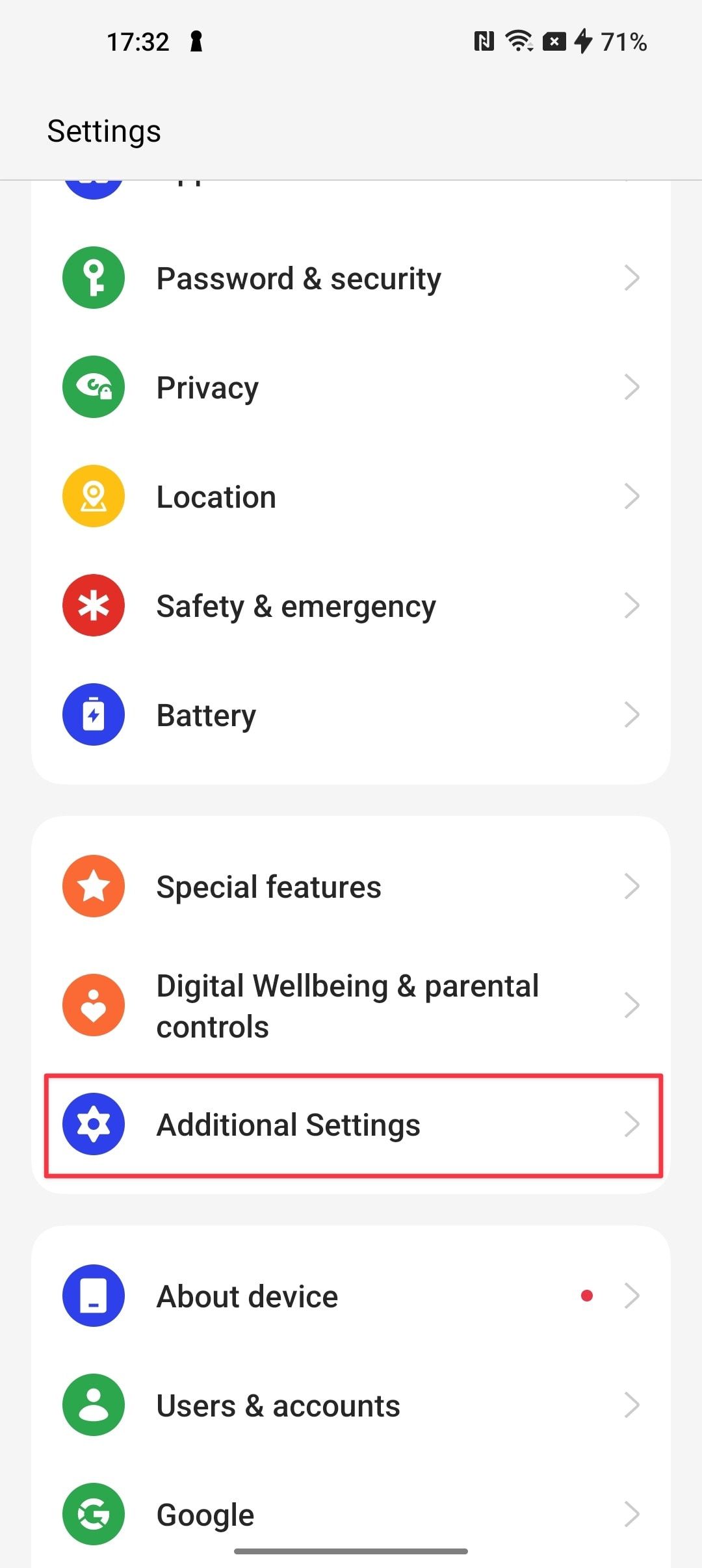
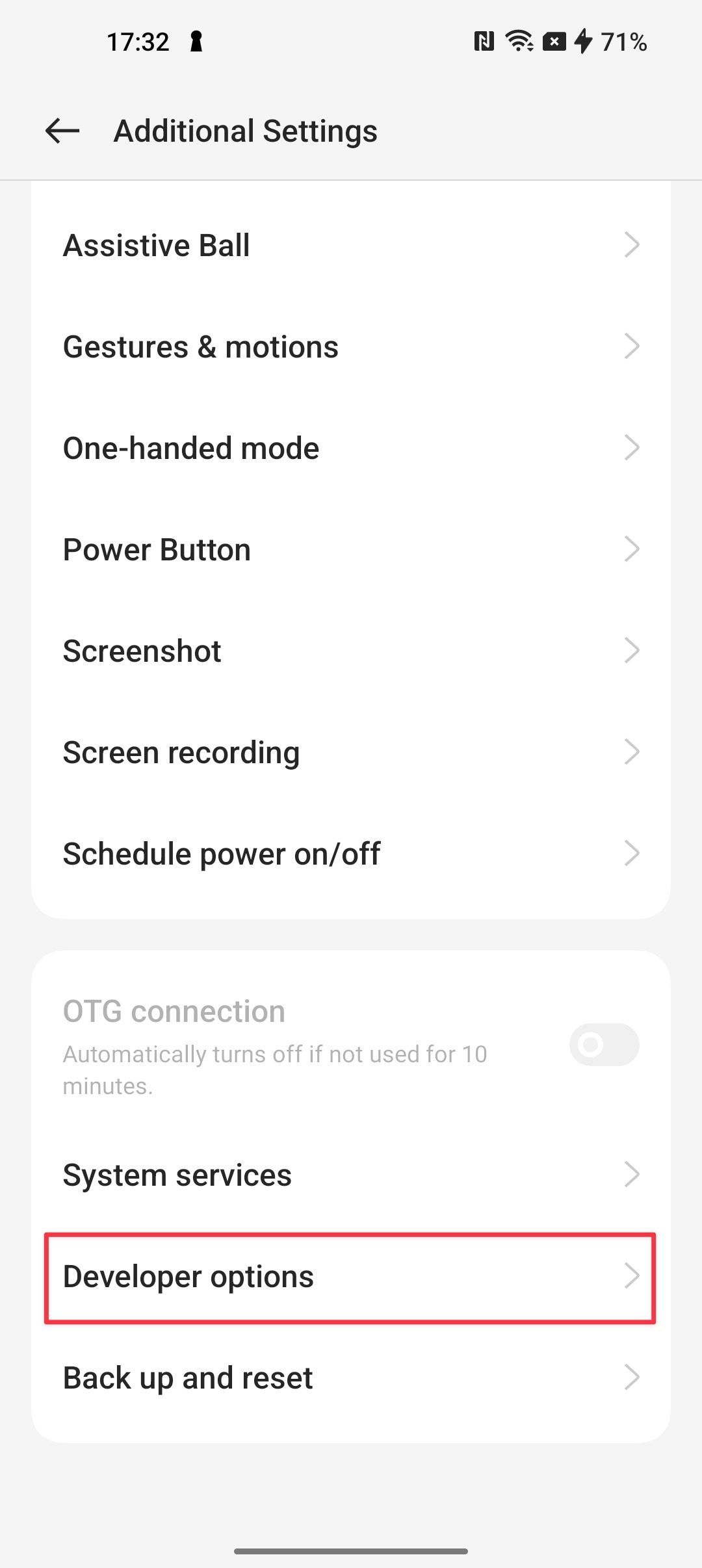
- Tap the toggle next to Wireless debugging and choose Allow to activate it.
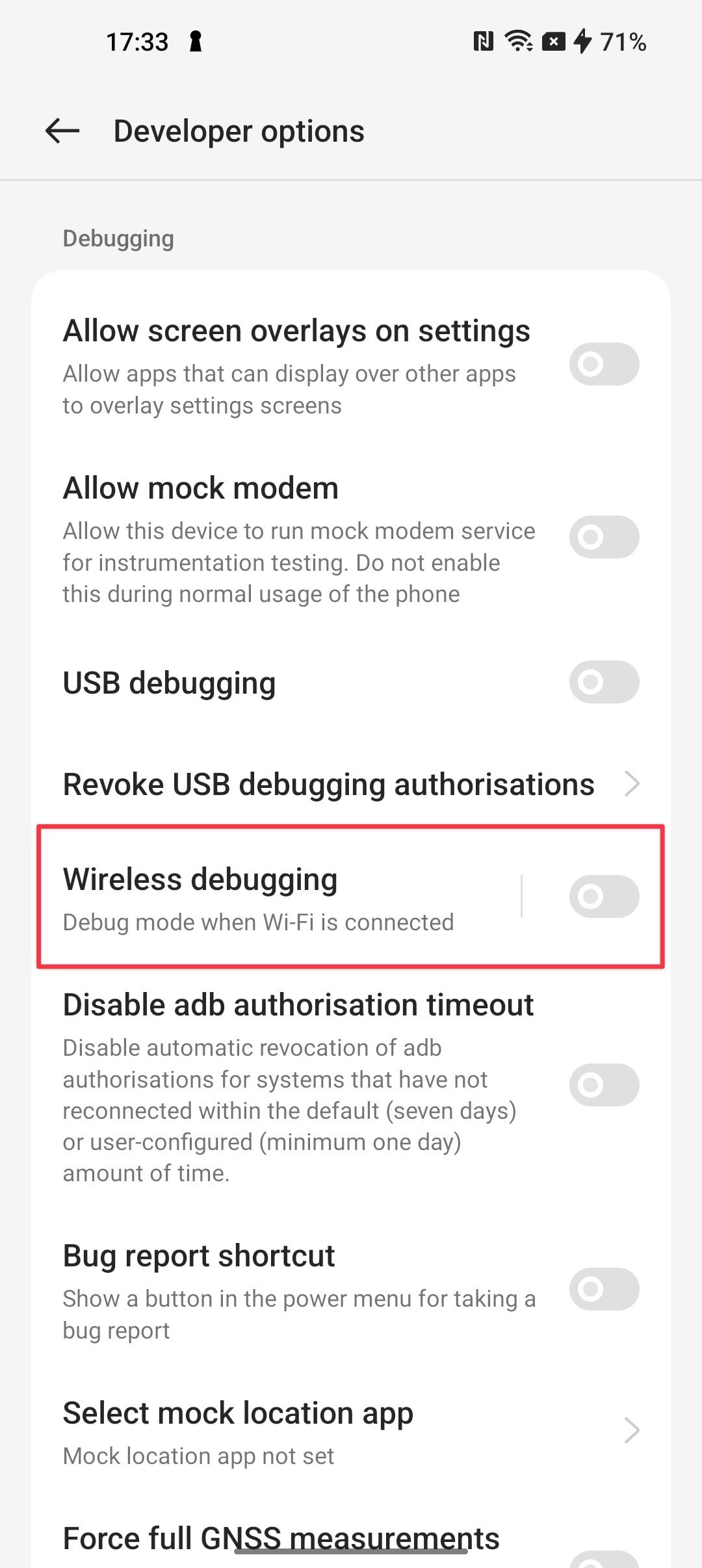
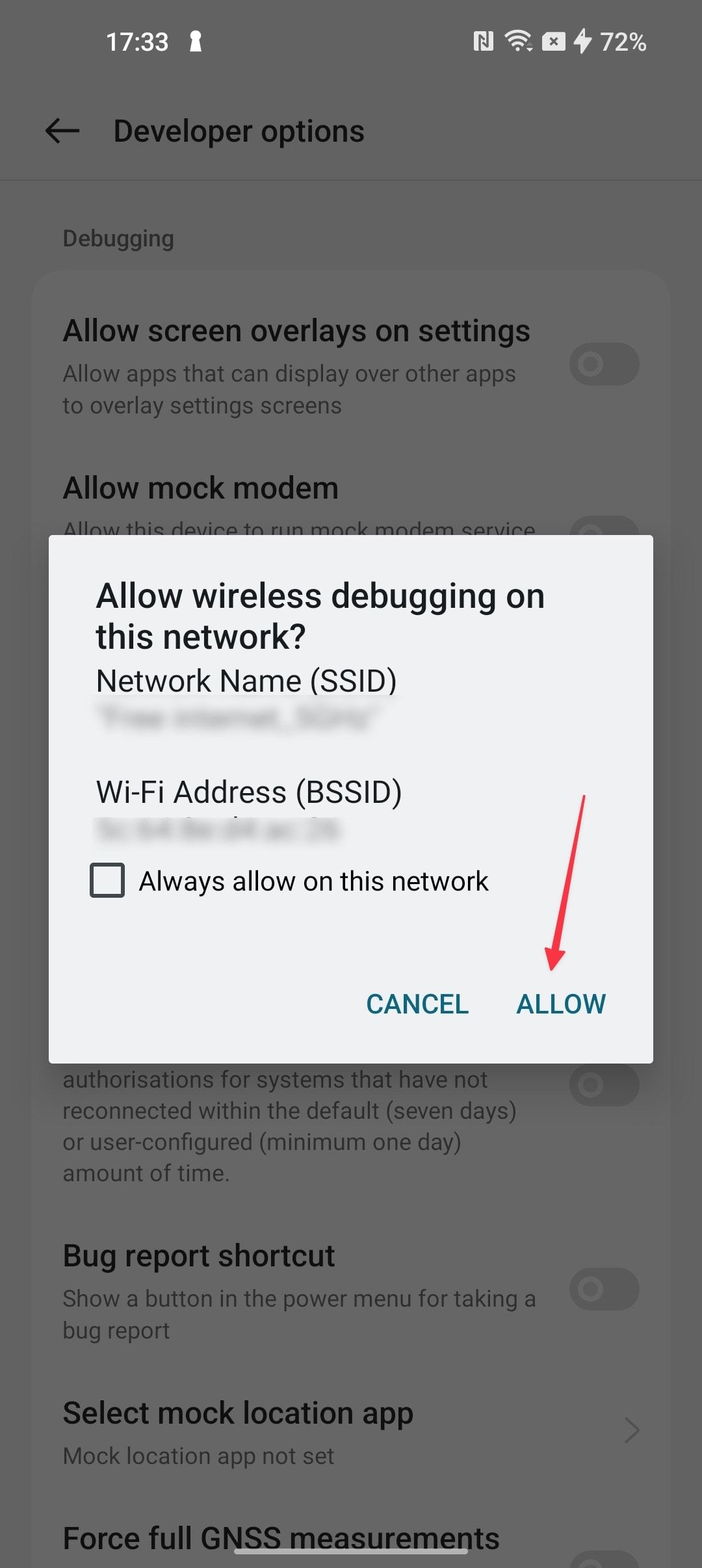
How to use Wireless ADB on your Android device
After activating Developer options and Wireless debugging, you can use ADB wirelessly on your Android device. You don’t need to install ADB on your computer. You can use the Android SDK folder to execute commands. We use a Mac to show this, but the steps are the same on Windows and Linux devices.
The difference is that you don’t add “./” before running ADB commands on Windows Command Prompt. For example, run the ./adb devices command on Mac to find the list of devices; on Windows, run the adb devices command.
To use wireless ADB on your Android device, follow these steps:
- Open the Wireless Debugging setting and tap the Pair device with pairing code option.
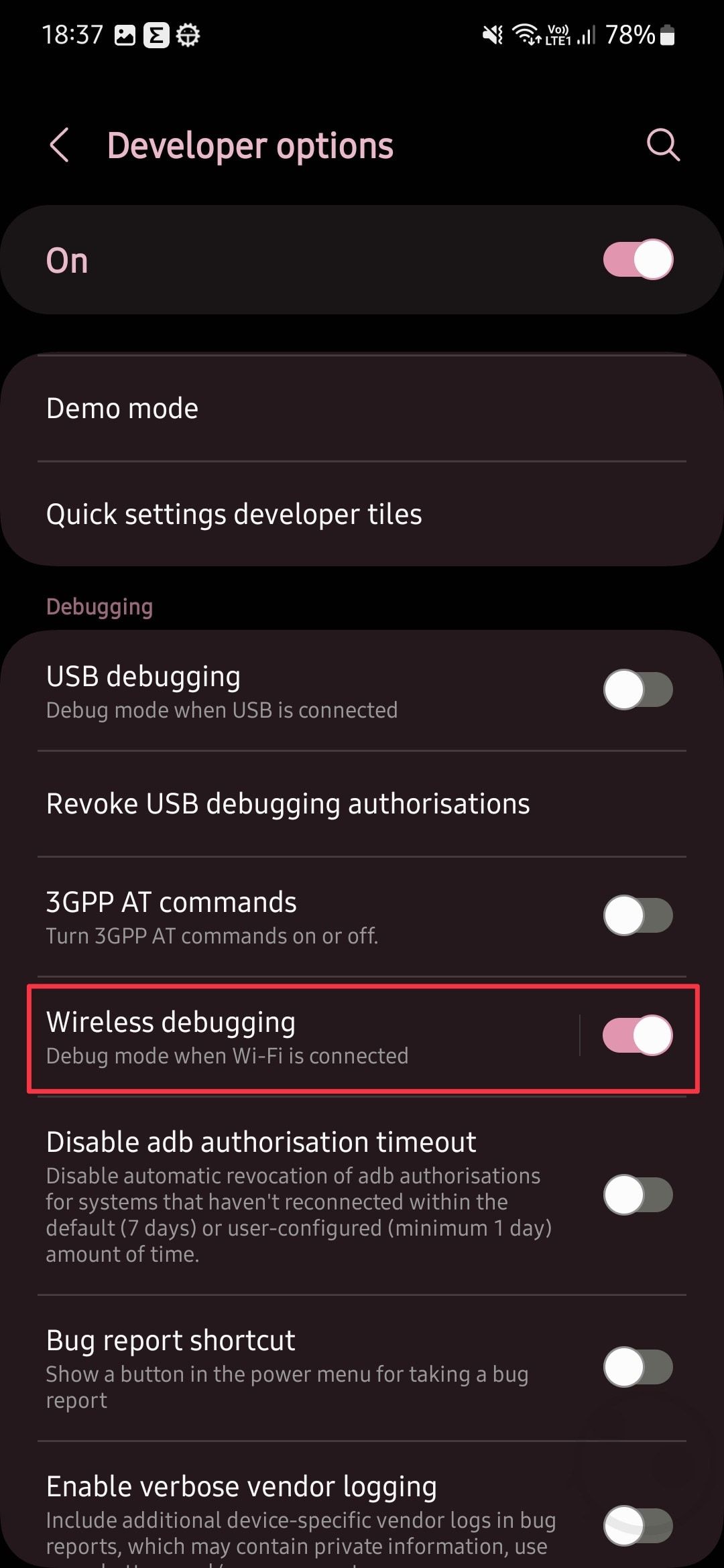
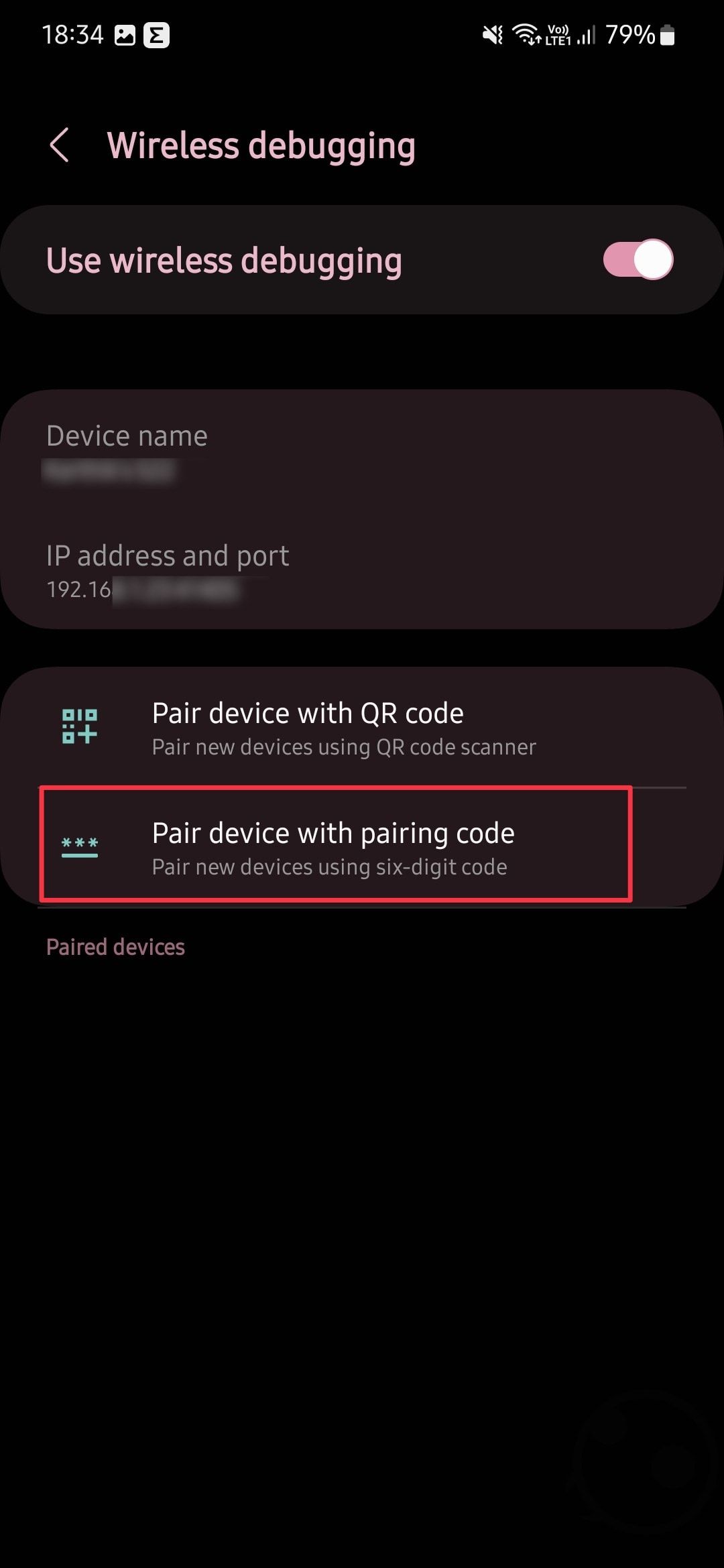
- You will see an IP address, port number, and a Wi-Fi pairing code.
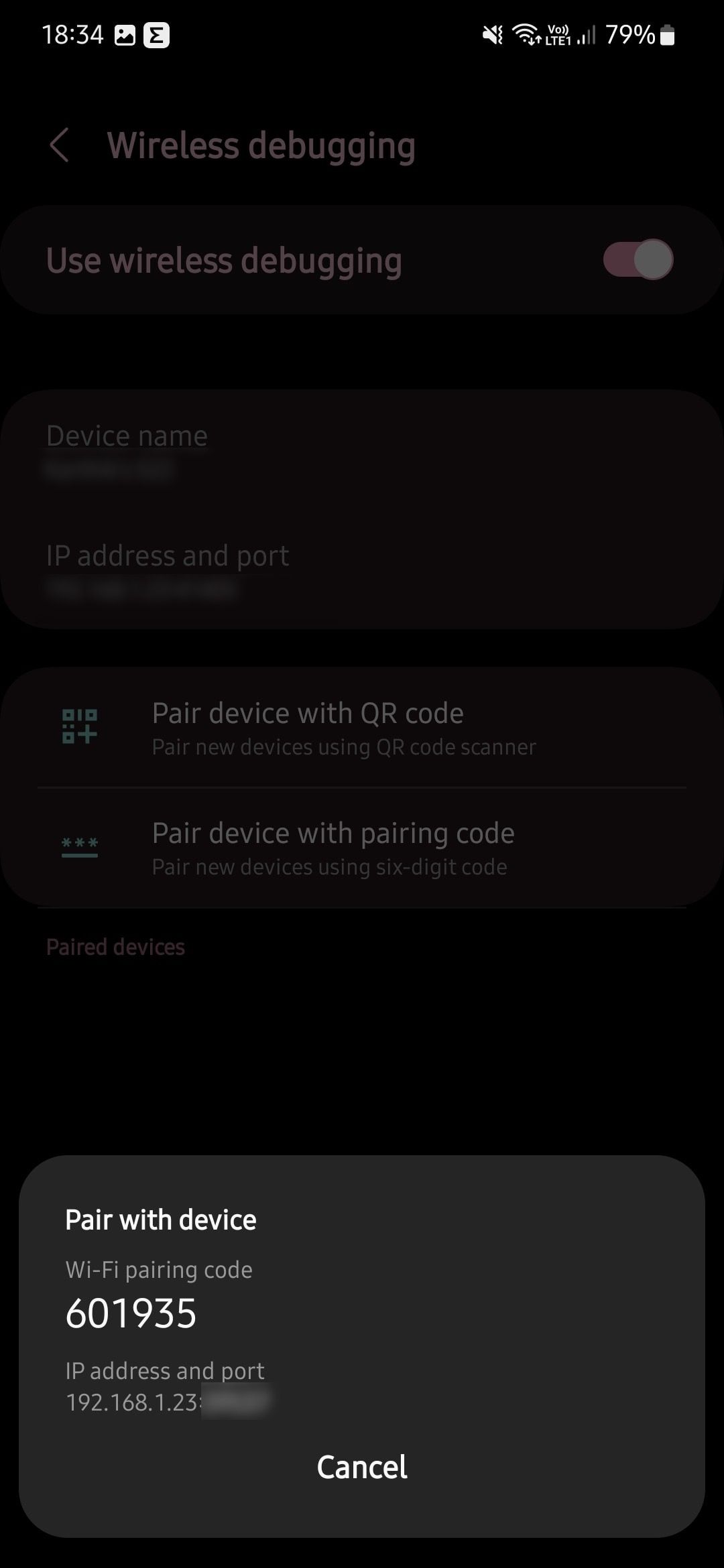
- When using ADB on Mac, open the Terminal app, type cd followed by a space, and drag the Android SDK platform-tools folder to add its path.
- Press Enter to open the path in Terminal.
- On Windows, open the Android SDKplatform tools folder. Click the address bar, type cmd, and press Enter to open the folder in the command line tool.
- Type the ./adb pair command in the Terminal window. Add space and type the IP address and port you saw in Step 2. Remember to remove ./ from the command if you use Windows.
- Enter the pairing code and press Enter to pair your Android device with your computer.
- You will see the successful pairing dialog on your computer and phone, as shown in the screenshots below.

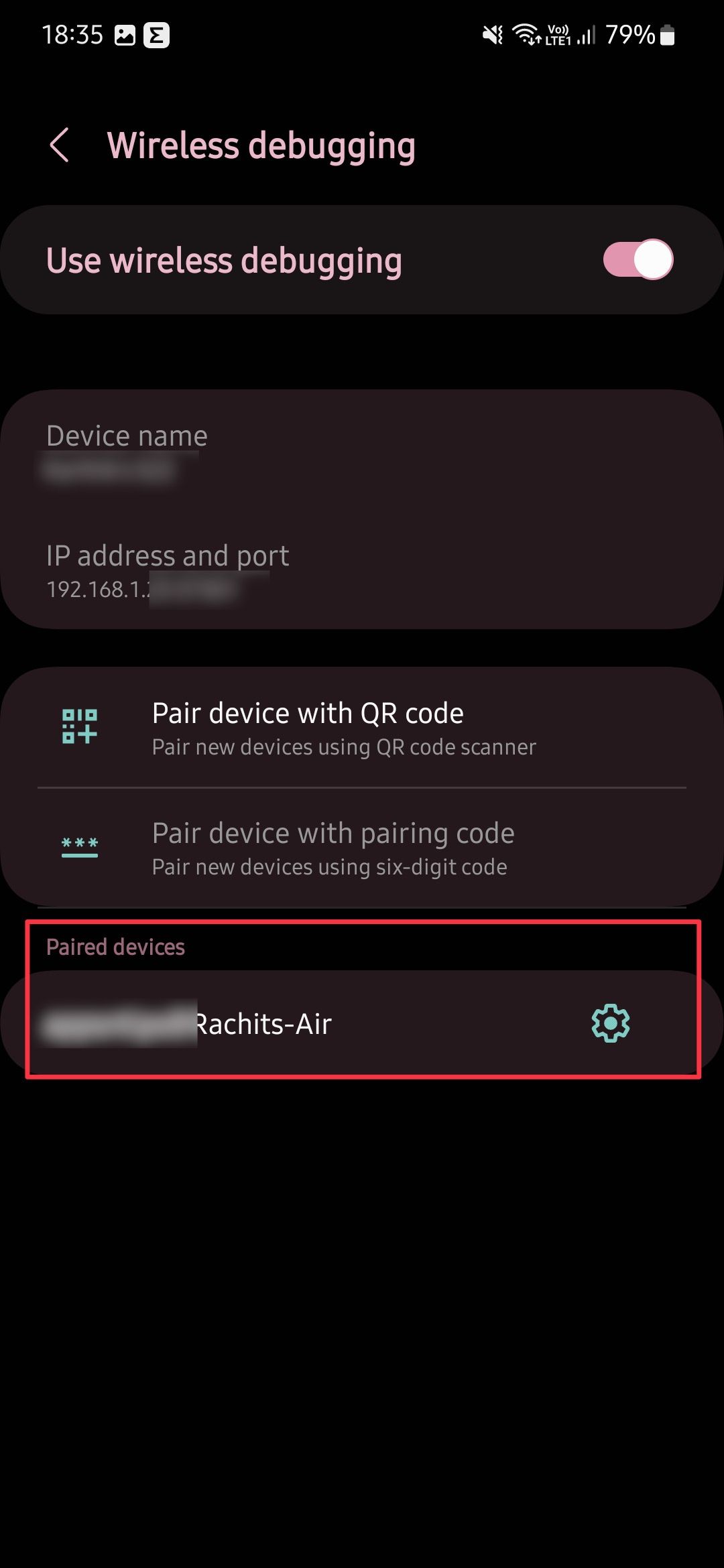
- On your Android phone, go to the main Wireless Debugging page. On this page, you will see the IP Address of the Android device. Use this to connect your Android device.
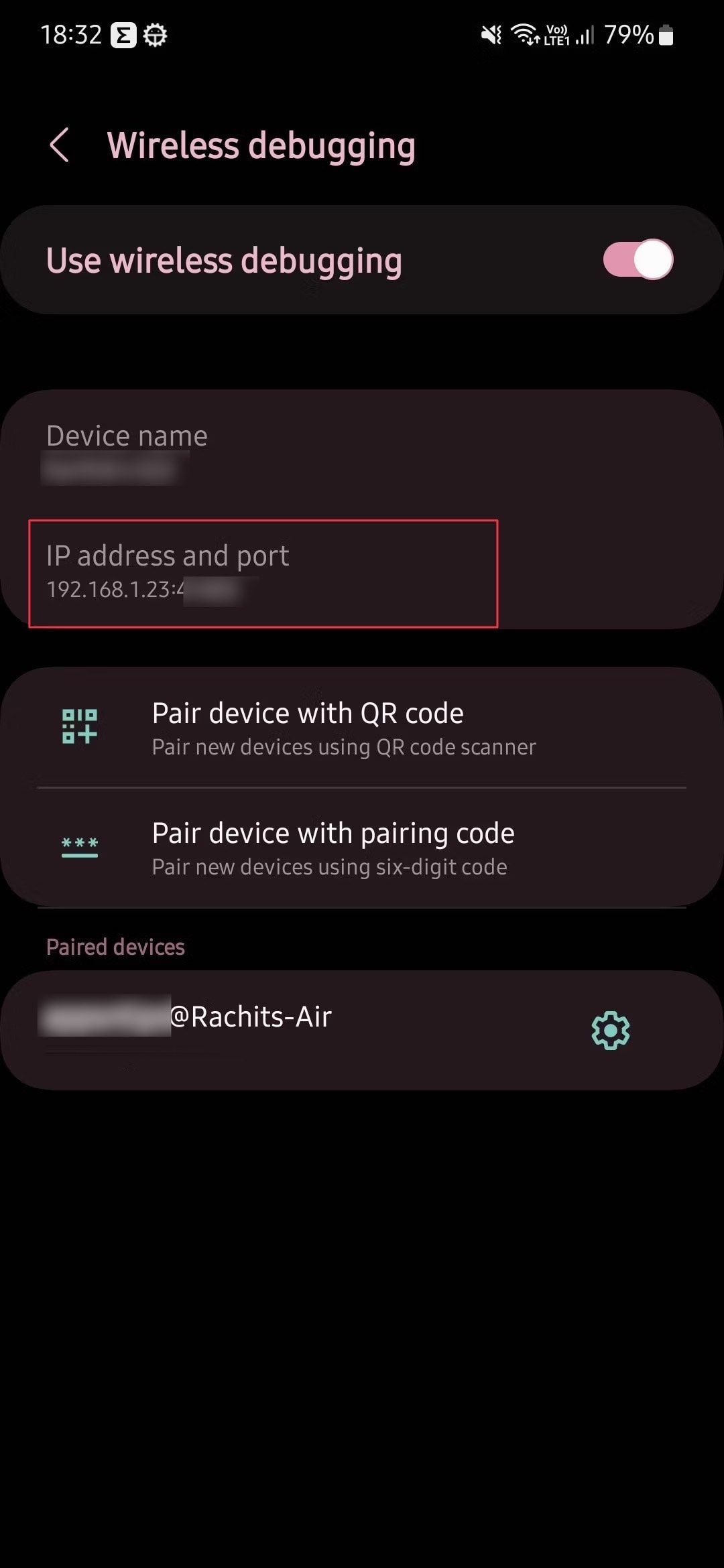
- In the Terminal window, use the command ./adb connect, followed by the IP address and port. Press Enter to execute the command.
- You will see a successful connection notification on your Android device and computer.
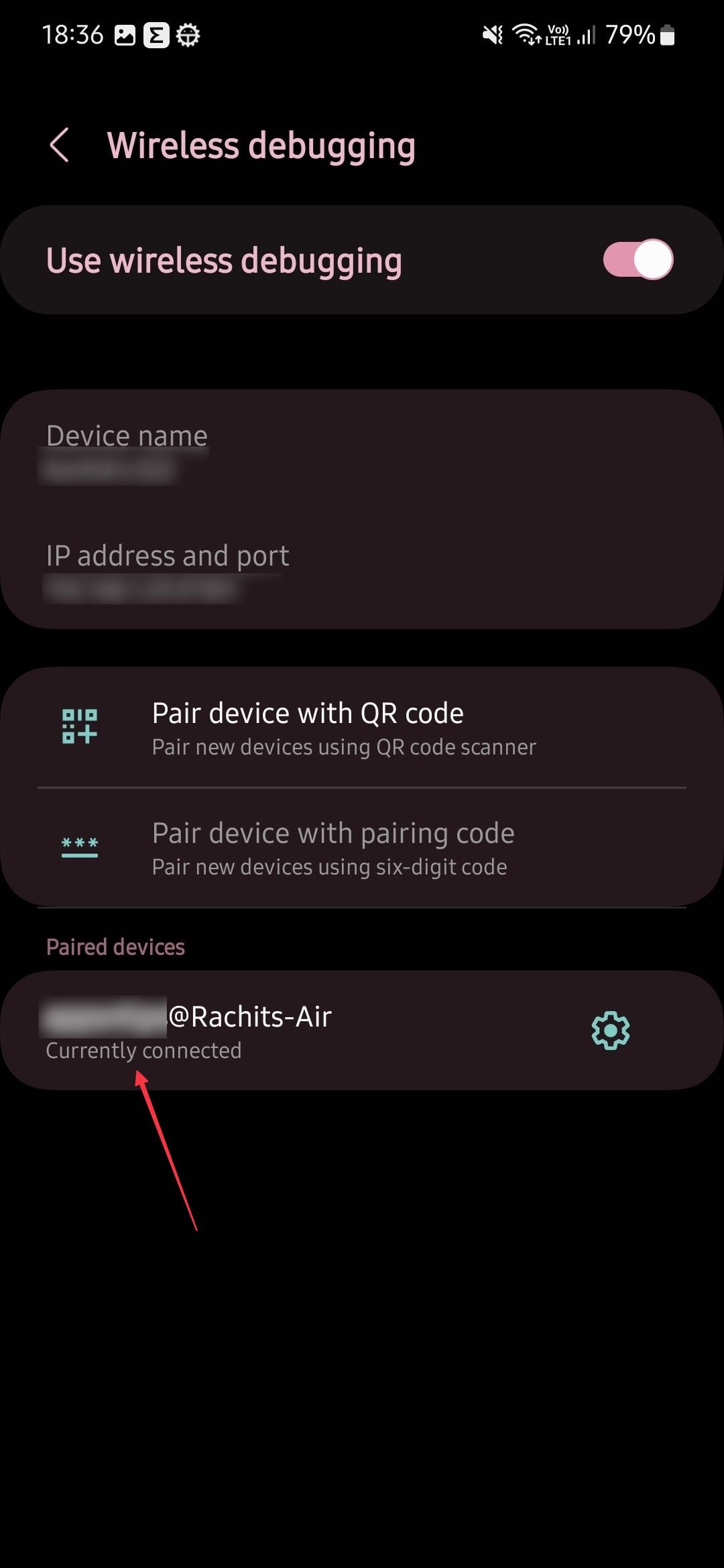
You have now set up wireless ADB on your Android device and can run any ADB command. To ensure everything works properly, run the ./adb devices for Mac or adb devices command on Windows to check your connected device. If the device is busy or not responding, try the adb kill-server command to stop the service. Then, enter adb devices again to start fresh.
When you aren’t using wireless ADB, turn it off for security reasons. Doing this with any wireless feature you aren’t using is an excellent practice to keep your device secure.
Wireless ADB gives you more Android freedom
Using ADB wirelessly is a convenient way to run ADB commands on your Android device. Whether installing an APK file, sideloading a system update, or removing unwanted apps, wireless ADB makes debugging your device a breeze.
ADB commands open the door to a variety of powerful tools. One of these is Shizuku, which offers an easy way to mod your device without rooting your phone.
Source link

